Supply Chain involves consumer-related and operational challenges. The e-commerce and retail industry demand fast, low-cost delivery and full availability of options. As we face labor scarcity and space limitations on warehousing, manufacturing, farming, and logistics implementation of Robotics Technology is an undeniable solution.
Robotics Industry provided long-term solutions and gained significant progress using Artificial Intelligence (AI) and IoT (Internet of Things) in every old and modern industry whether that be a Business to Consumer or Business to Business company.
Today’s Warehouse Management System uses 4th Generation Logistics Systems that employ Artificial Intelligence. The use of AI allows optimization of tasks based on a detailed algorithmic rules engine. These extensive functions are available to improve agency operation, minimize costs, and increase productivity by letting the system do the work. What separates 4th generation logistics from every other standard offering available today, is the incorporation of Expert Systems’ technology into products. Expert Systems is a branch of Artificial Intelligence that allows a computer system to emulate the decision-making ability of a human expert. Coupled with Expert Systems is the adoption of a Platform Approach, rather than a programming environment. Platforms simplify the development, deployment, and management of business applications on-premise or, on any platform or device, to any data source, with enhanced performance, minimal IT complexity, and low total cost of ownership. Platforms’ specialty is taking large, complex operational environments and making them simple enough for completely untrained users to understand and utilize. To better understand the concept of a platform, think in terms of the ATM at your local bank. This model applies a simple user interface with all the power behind the scenes invisible to the person interacting with the system.
Industrial Robotics have helped warehouses and manufacturing facilities transform retail and eCommerce industries on a global scale making them productive and profitable proving their importance. The mark of 400,000 robot installations per year has been passed and the ongoing trend of automation and continued technical improvements will result in double-digit growth – with an estimate of about 584,000 units in 2022, according to the International Federation of Robotics.
How are Autonomous Mobile Robots (AMRs) used in warehouses and manufacturing facilities?
These are any robots that can understand and move through their environment without any command or direction from a human or operator. Most Warehouse AMR’s are pick-and-place robots. These machines are known for their ability to navigate using Artificial Intelligence, sensors, blueprints 3D or 2D vision to identify, grab and move objects from one location to another.
Autonomous Mobile Robots (AMR’s) are commonly integrated with a highly sophisticated configurable Warehouse Management Software to achieve efficient and productive operational processes in the warehouse and manufacturing facility. This integration has shown significant success in machines working with humans.
AMR’s are equipped with a variety of technologies that make them suitable for sorting processes that have cross belt conveyors, conveyor rollers, and tilt trays for sorting solutions. AMR’s also helps reduce the picking process travel time, and one of AMR’s major application is transportation. Thus enabling transportation of raw materials, work in progress items, and finished goods within a controlled environment which in return allows workers to perform other valuable tasks.
How are Automotive Guided Vehicle (AGV) used in warehouses and manufacturing facilities?
Automotive Guided Vehicle (AGV) is somewhat relative to AMR’s that use wires, radio waves, vision cameras, or magnets to navigate around a defined area. These are load carriers that travel along the floor without a driver or operator. These robots are used in warehouses and manufacturing facilities to transport heavy materials Thus reducing the transport time on a huge facility that would usually take a large amount of time from workers.
AGV’s have shown improvements in material handling during transportation. Through a programmed route and sensors, AGV’s can pick up and offload materials without breaks, slip-ups, or miscalculations making them suitable for a repetitive task that works on a fixed route or a set of tasks.
These robots are generally powered by batteries that are programmed to navigate back to a charging point to recharge when the power depletes. Manufacturers of AGV’s have regular mandatory inspections that reduce downtime for malfunction diagnostics or repair.
AGV’s requires a single trained engineer that monitors an entire fleet from a control room ensuring high efficiency with low running costs and significant savings from labor costs.
How are Aerial Drones or Unmanned Aerial Vehicle (UAV) used in warehouses and manufacturing facilities?
Unmanned Aerial Vehicle commonly known as drones is an aircraft without a human pilot and has a ground-based controller and a system of communications with the AUV. The flight of UAVs may operate under remote control by a human operator as remotely-piloted aircraft (RPA), or with the assistance of Artificial Intelligence such as autopilot.
Drones are used in many warehouses to address supply chain needs, as they’re ideal for reaching equipment and inventory that would otherwise be difficult to access and minimize dangerous tasks for the workforce. Drones can even be designed to have GPS, RFID, and barcode scanners that are capable of scanning barcodes or RFID tags up to 50 times faster resulting in a reduced need for manual scanning. This improves productivity and accuracy on inventory management which are critical for WMS or ERP systems.
Manufacturing facilities’ main field of application of drones is to transport items. Every drone is made to carry a payload that depends on the type and model of the drone. The most common drone carry load is between 20 to 65 lbs. As of now their load or carrying capacity is limited. However, there are reported plans to develop AUV’s that will be able to support heavier items.
Manufacturers and warehouses would usually get bottlenecks on their operations and inventory management that most of the time can be resolved by adding robots to their facility. One of the hindrances to the development process is the technology investment costs. Most sophisticated AMR’s, AGV’s and UAV’s are still very expensive. As such, they’re inaccessible to many companies. The start-up costs to deploy this new technology are expensive. It is a significant capital expenditure, so benefits and expected ROI needs to be placed into consideration. There are training costs for the vehicle, fleet supervisor, and maintenance personnel.
Does your company need robotic technology?
Companies who spend too many working hours on retrieving goods or items, doing inventory at a large facility, and/or experiencing inventory discrepancies that are usually caused by human error or errors on the inventory control operation such as misplaced stocks or items should consider deploying robots to improve operational capacity, productivity, and efficiency.
Request a Demo
Need more information?
Solutions

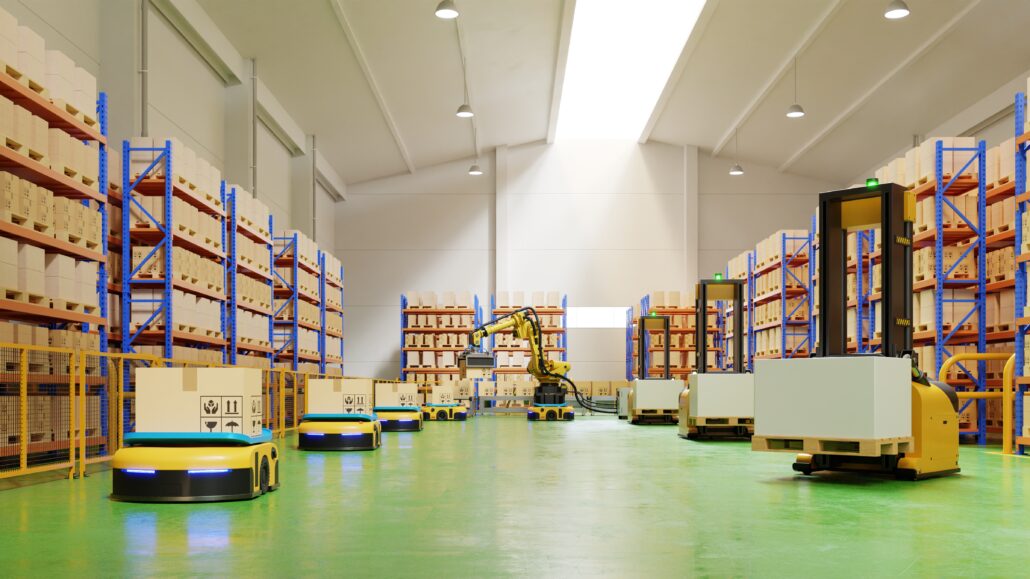
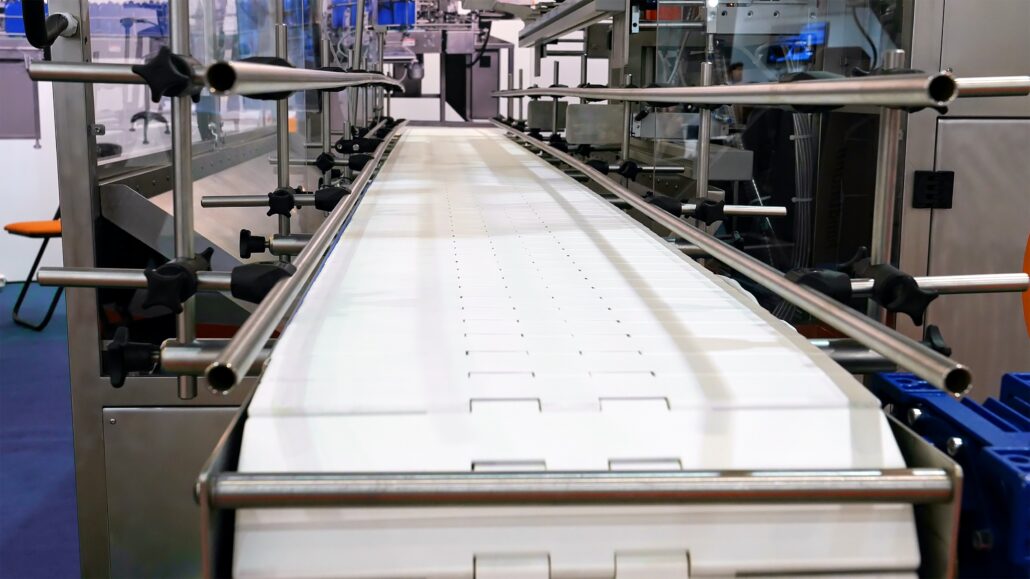
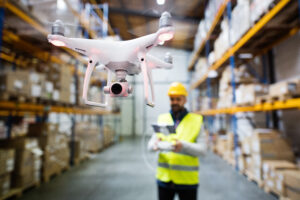

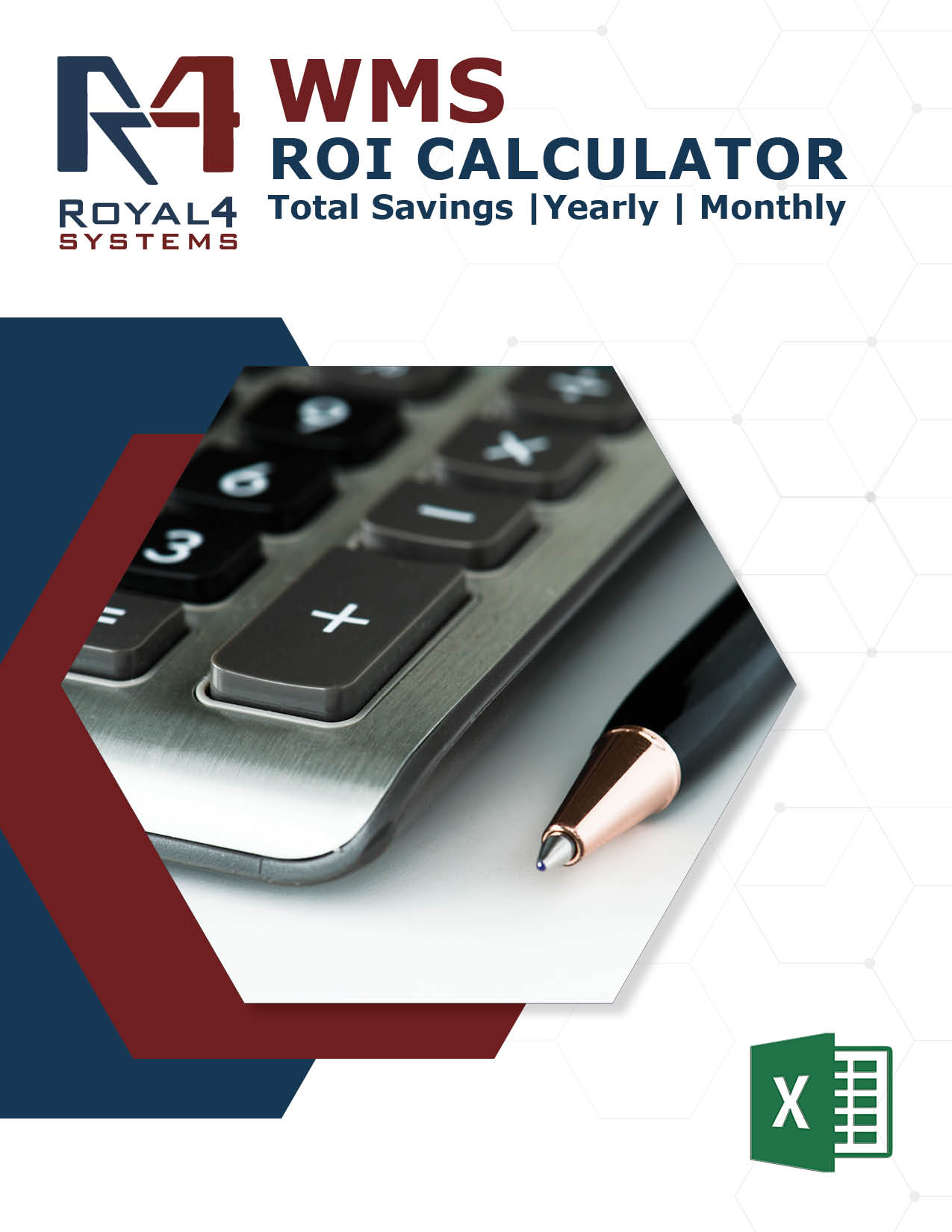
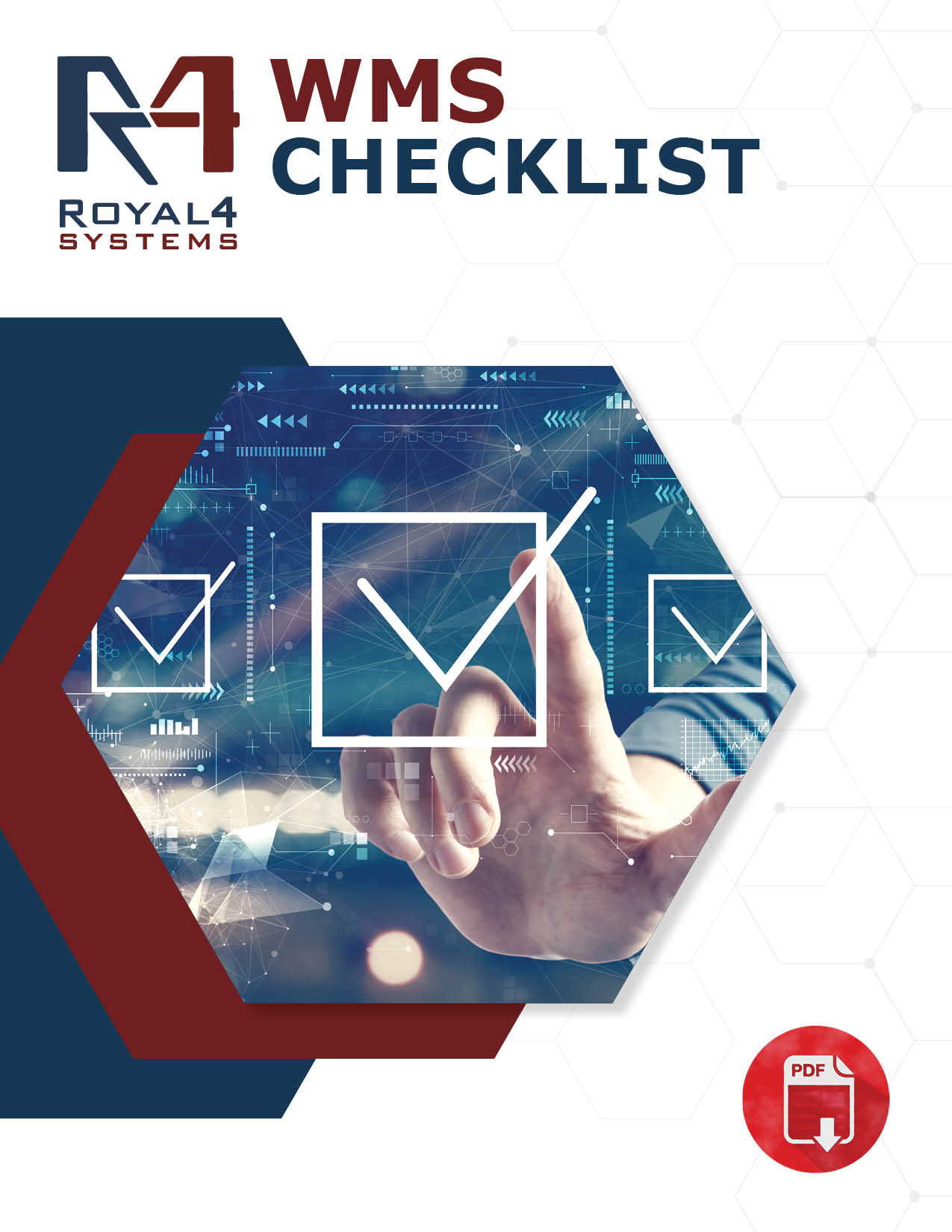


![image001[25]](https://www.royal4.com/wp-content/uploads/2023/11/image00125.png)